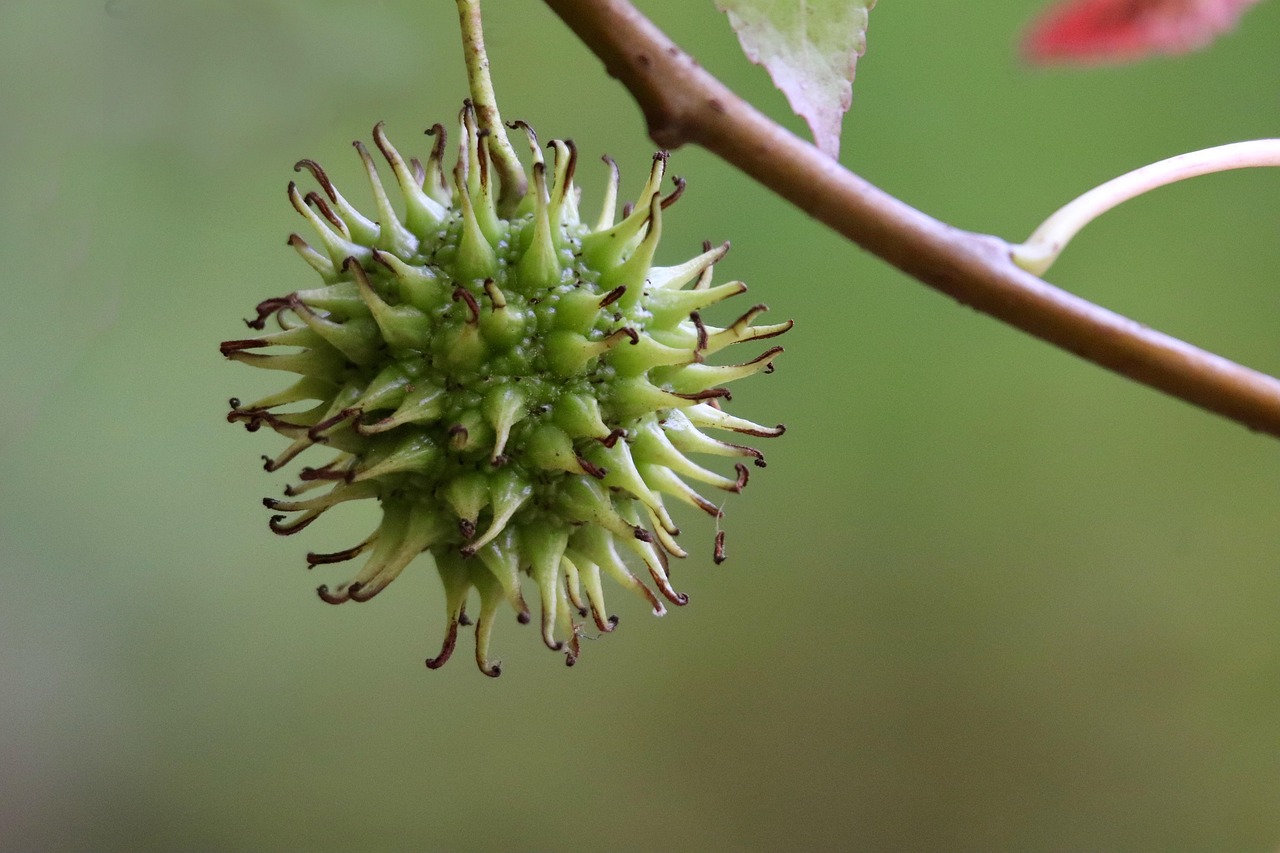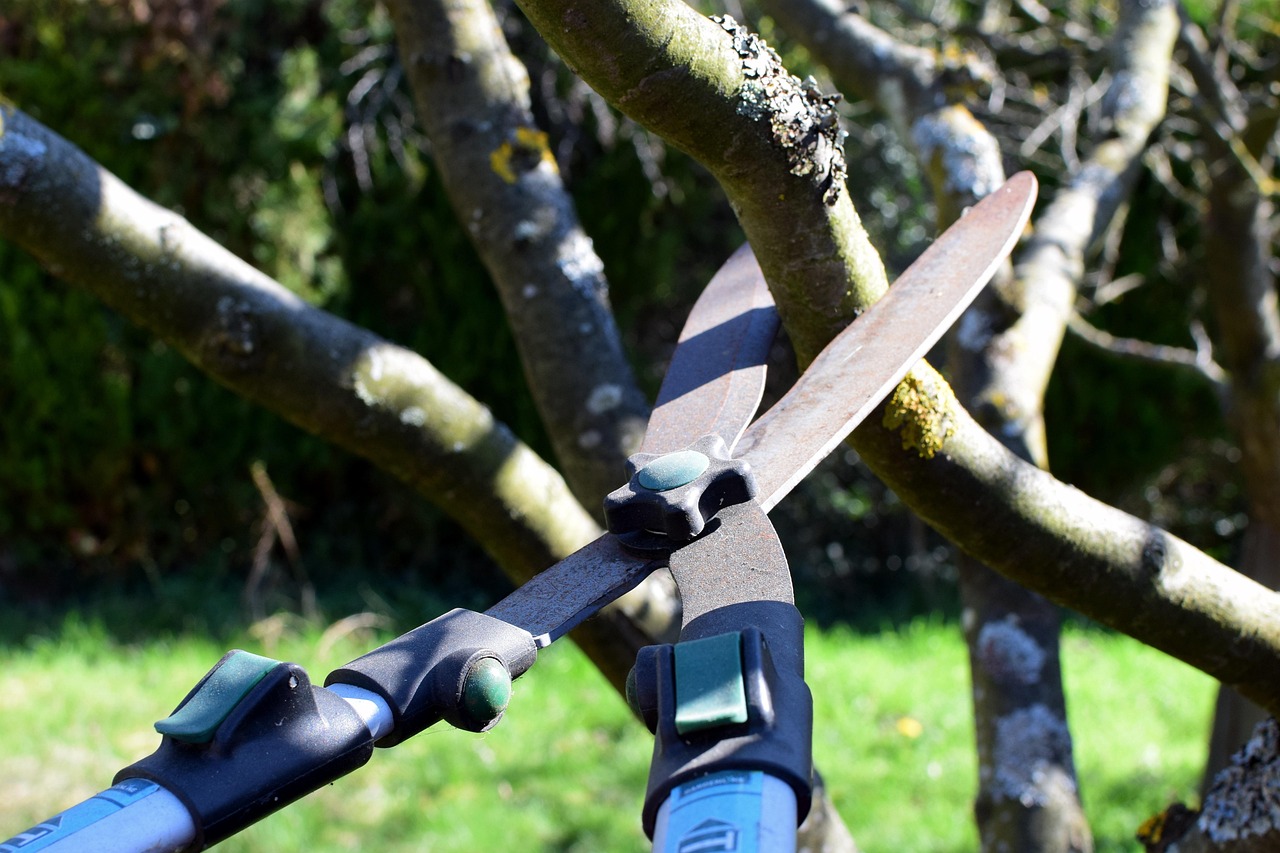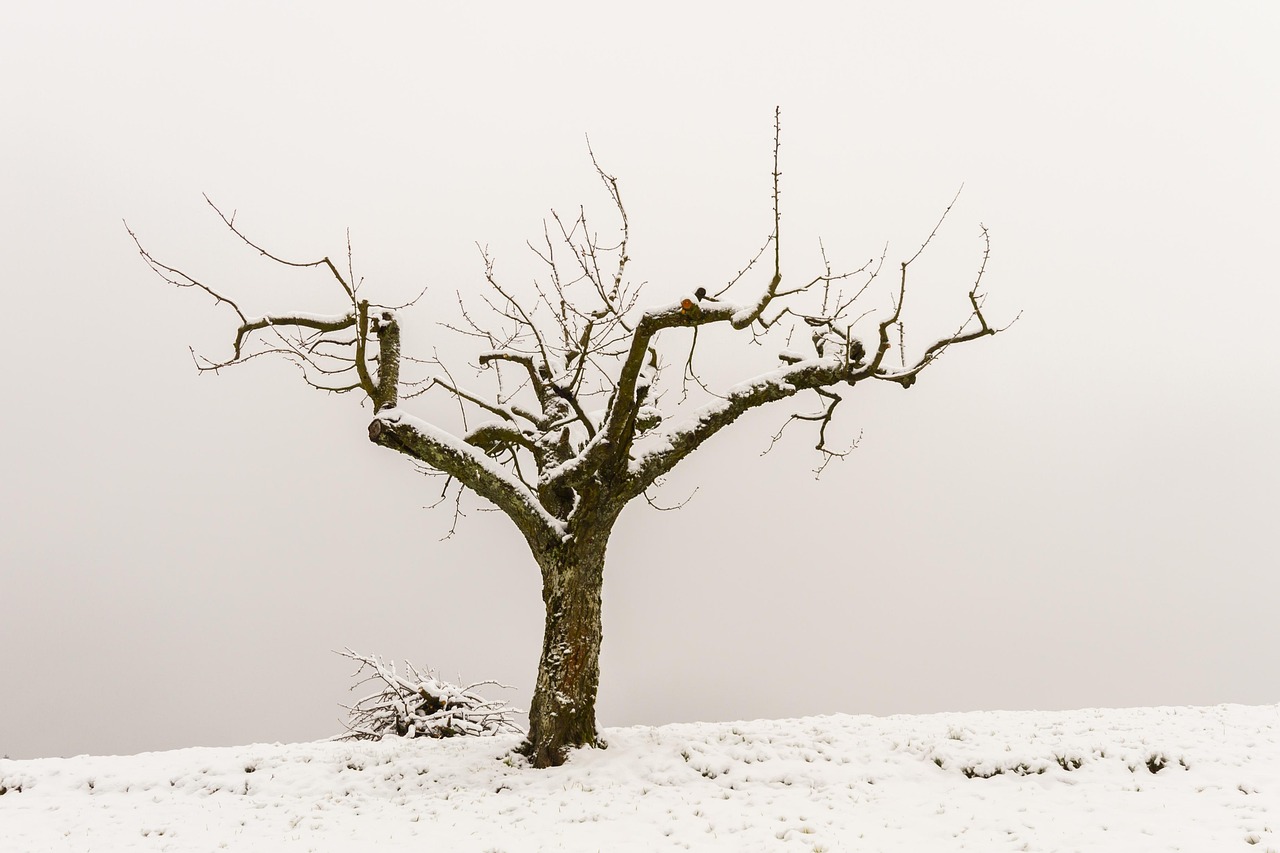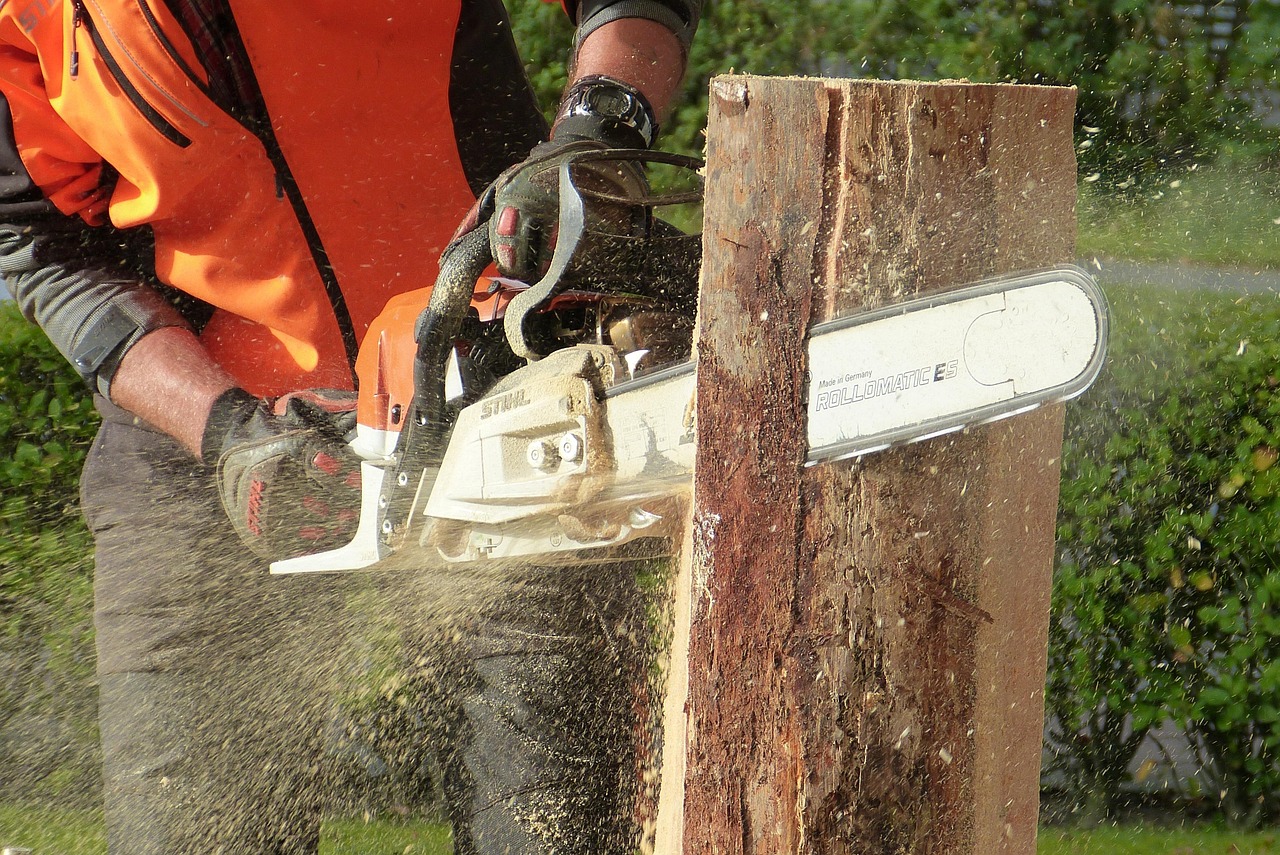Pruning fruit trees is essential for promoting healthy growth and maximizing fruit production. Beginners should focus on understanding the right techniques, timing, and tools to avoid damaging the trees while enhancing their shape and yield.
Fruit tree pruning can seem daunting for beginners. However, it is a crucial practice that contributes to the overall health and productivity of the tree. Pruning helps in shaping the tree, improving air circulation, and allowing sunlight to reach more leaves. It also removes dead or diseased wood, encouraging new growth. Without proper pruning, fruit trees may become overgrown, leading to poor fruit production and increased vulnerability to pests and diseases.

There are specific dos and don’ts for pruning fruit trees that beginners should be aware of. Understanding these guidelines will help you make informed decisions while pruning. This knowledge can lead to healthier trees and a more bountiful harvest.
Essential Pruning Dos
Here are some important dos that every beginner should follow when pruning fruit trees:
- Do prune at the right time: The best time to prune most fruit trees is during late winter or early spring, before new growth begins. This timing helps reduce stress on the tree and promotes vigorous growth.
- Do use clean and sharp tools: Always use sterilized pruning shears or saws. Clean tools prevent the spread of diseases from one tree to another.
- Do remove dead or diseased branches: Identifying and removing unhealthy wood helps improve the overall health of the tree. Look for branches that are discolored, brittle, or show signs of disease.
- Do maintain a central leader: For many fruit trees, maintaining a central leader or main trunk helps create a strong structure. This encourages balanced growth and better fruit production.
- Do thin out crowded areas: If branches are too close together, it can hinder air circulation and light penetration. Thinning out these areas allows for better airflow and sunlight exposure.
Common Pruning Don’ts
Along with the dos, there are several important don’ts to keep in mind while pruning:

- Don’t over-prune: Removing too many branches at once can shock the tree. It is essential to take a conservative approach, especially for beginners.
- Don’t prune during the growing season: Pruning during spring or summer can lead to excessive sap loss and stress for the tree. Stick to late winter or early spring for best results.
- Don’t leave large stubs: When cutting branches, make clean cuts close to the trunk or branch collar. Leaving large stubs can lead to decay and disease.
- Don’t forget about safety: Always wear protective gear such as gloves and goggles. Additionally, ensure you are using ladders safely if working on larger trees.
- Don’t ignore tree type differences: Different types of fruit trees may require different pruning techniques. Research the specific needs of your tree species before beginning.
By adhering to these dos and don’ts, beginners can significantly improve their fruit trees’ health and productivity. Taking time to understand these practices will result in healthier trees and a more fruitful harvest.
Tools for Pruning
Having the right tools is essential for effective pruning. Here are some commonly used tools:
| Tool | Description | Use |
|---|---|---|
| Hand Pruners | Small, sharp scissors-like tools | Ideal for cutting small branches up to ¾ inch thick |
| Loppers | Larger tools with long handles | Used for cutting thicker branches, typically up to 2 inches thick |
| Saw | A standard pruning saw or a pole saw | Best for cutting larger branches that are too thick for hand pruners or loppers |
| Pruning Shears | Specialized tools for delicate pruning | Helpful for shaping trees and cutting soft growth |
| Gloves | Protective handwear | Keeps hands safe from cuts and scratches during pruning |
Selecting the right tools will make your pruning tasks easier and more efficient. Remember always to keep your tools sharp and clean for optimal performance.

The knowledge of when and how to prune fruit trees is an invaluable skill for any gardener. By following these basic guidelines, beginners can ensure their trees remain healthy while producing delicious fruits year after year.
Understanding Growth Patterns
To effectively prune fruit trees, it is essential to understand their growth patterns. Each type of fruit tree grows differently and has unique requirements for pruning. Below are some key concepts that will help you grasp how to approach pruning based on growth patterns.
Types of Growth
There are generally two types of growth in fruit trees: vegetative growth and fruiting growth. Understanding these two types will help you decide which branches to prune and when.

- Vegetative Growth: This type refers to the growth of leaves and stems. It is critical for the overall health of the tree but does not directly produce fruit.
- Fruiting Growth: This involves the development of flowers and fruit. Promoting fruiting growth is a primary goal when pruning.
Tree Structure
A fruit tree’s structure is vital for effective pruning. Most fruit trees have a central leader or main trunk with lateral branches extending outwards. Understanding this structure can help you maintain a balanced tree shape.
Here are some structural components to consider:
- Main Leader: The central trunk that supports the tree. Maintaining a strong main leader is crucial for stability.
- Lateral Branches: These branches grow horizontally from the main leader. They are essential for fruit production and should be spaced evenly.
- Scaffold Branches: Larger branches that support the overall structure of the tree. Proper pruning of scaffold branches is necessary to ensure they receive adequate sunlight and air circulation.
Pruning Techniques
Different pruning techniques can be used depending on the tree’s age, type, and desired shape. Here are some common techniques beginners should know:
Thinning Cuts
This technique involves removing entire branches to improve air circulation and light penetration. Thinning cuts help reduce overcrowding and encourage healthy growth.
- Identify branches that cross over or compete for space.
- Make cuts at the branch collar, where the branch meets the trunk.
Heading Cuts
Heading cuts involve trimming back a branch to promote bushier growth. This technique is best used on young trees to encourage branching.
- Choose a branch that you want to shorten.
- Cut just above a bud or lateral branch to encourage new growth in that direction.
Crown Reducing
This technique reduces the height of a tree while maintaining its overall shape. It’s particularly useful for older trees that have become too tall.
- Identify the highest branches that need trimming.
- Make cuts back to a lateral branch or bud to maintain a natural appearance.
Signs That Your Tree Needs Pruning
Recognizing the signs that indicate a need for pruning is essential for maintaining a healthy tree. Here are some indicators to watch for:
- Dead or Diseased Branches: Look for branches that appear lifeless or show signs of disease, such as discoloration.
- Crowded Growth: If branches are overlapping or tangled, it may hinder airflow and light penetration.
- Pest Infestation: Insects can weaken your tree. Pruning infested areas can help control pest populations.
- Weak Structure: Trees that lean excessively or have broken limbs may require pruning to restore balance.
Seasonal Considerations
The season in which you prune can significantly affect the outcome. Here’s a breakdown of seasonal considerations:
| Season | Best Practices | Considerations |
|---|---|---|
| Winter | Ideal time for major pruning to shape the tree and remove dead wood. | No leaf cover makes it easier to see the structure of the tree. |
| Spring | Light pruning can be done after flowering but avoid heavy cuts. | Avoid major cuts during active growth to prevent stress. |
| Summer | Minor pruning can be performed for maintenance. | Watch for excessive sap loss; focus on removing suckers. |
| Fall | Avoid heavy pruning as trees prepare for dormancy. | This is a time for cleanup rather than substantial cuts. |
Understanding seasonal pruning practices will allow you to time your efforts effectively, resulting in healthier trees and better yields.
By mastering these growth patterns, techniques, and seasonal considerations, beginners will find themselves more confident in their ability to prune fruit trees successfully. With practice, your skills will improve, leading to robust trees and abundant harvests in the future.
Common Mistakes to Avoid
Even with the best intentions, beginners can make mistakes when pruning fruit trees. Understanding these common pitfalls will help you avoid them and ensure your trees thrive. Here are some mistakes to watch out for:
Improper Timing
Pruning at the wrong time can lead to stress and damage. Here are some timing mistakes:
- Pruning too late in the season: Cutting branches in late spring or summer can hinder fruit production.
- Winter pruning during extreme cold: Cold temperatures can cause damage to fresh cuts.
Neglecting Tree Health
Ignoring the overall health of the tree is another common mistake. Consider the following:
- Not assessing for diseases: Always check for signs of disease before pruning. Pruning a diseased branch can spread infections.
- Ignoring nutrient needs: A malnourished tree may not respond well to pruning. Ensure your tree receives appropriate nutrients.
Over-Pruning
Removing too much wood can lead to shock and reduced fruit yield. Here are indicators of over-pruning:
- Excessive leaf loss: If a tree appears bare after pruning, it may have been over-pruned.
- Stunted growth: Over-pruned trees may struggle to produce new shoots or leaves.
Pruning Different Types of Fruit Trees
Each type of fruit tree has specific requirements for pruning. Understanding these differences will help you tailor your approach. Below are some common types of fruit trees and their unique pruning needs.
Apple Trees
Apple trees generally benefit from a central leader system. Here are some pruning tips:
- Encourage lateral branching: Focus on promoting horizontal branches to support fruit production.
- Thin out crowded areas: Remove branches that compete for space to allow light penetration.
Pear Trees
Pear trees can be pruned similarly to apple trees but may require less frequent pruning:
- Maintain an open center: This allows improved air circulation and sunlight access.
- Remove dead or crossing branches: Keeping the tree healthy promotes better fruiting.
Citrus Trees
Citrus trees have different growth habits and require careful handling:
- Avoid heavy pruning: Citrus trees do not require as much pruning as other fruit trees.
- Focus on shaping: Trim only to maintain an attractive shape and remove unhealthy growth.
Understanding Pruning Cuts
The type of cut you make during pruning plays a vital role in how a tree heals and grows. Familiarizing yourself with different cutting techniques is essential for effective pruning.
Bark Ridge and Collar
The bark ridge is the raised area where a branch connects to the trunk. The collar is the swollen area at the base of the branch. Here’s why they matter:
- Make cuts just above the collar: This helps the tree heal more effectively after pruning.
- Avoid cutting into the collar: Cutting too deep can damage the tree and hinder healing.
Clean Cuts vs. Ragged Cuts
The quality of your cuts significantly affects tree recovery. Consider these points:
- Make clean cuts: Use sharp tools to ensure smooth cuts that promote quicker healing.
- Avoid ragged edges: Jagged cuts can lead to disease entry points and slow healing.
The Role of Watering and Fertilization
Proper care after pruning is crucial for recovery. Watering and fertilization play significant roles in this process.
Watering After Pruning
Post-pruning, it’s essential to keep your trees adequately hydrated:
- Deep watering: Provide deep watering to encourage root growth and recovery.
- Avoid overwatering: Ensure not to waterlog the soil, as this can lead to root problems.
Fertilization Considerations
Fertilizing after pruning helps support new growth:
- Use balanced fertilizers: Choose fertilizers that contain equal parts nitrogen, phosphorus, and potassium.
- Avoid high nitrogen content: Too much nitrogen can lead to excessive vegetative growth at the expense of fruiting.
Caring for your trees after pruning ensures they remain healthy and productive. With attention to detail and a commitment to learning, beginners can cultivate thriving fruit trees that provide delicious harvests for years to come.
As you continue to care for your fruit trees, remember that patience and observation are key. Pruning is not a one-time task; it requires ongoing attention and adjustments based on the tree’s growth and health. Keeping a pruning schedule can help you stay organized and focused on the needs of your trees.
Common Questions About Fruit Tree Pruning
Many beginners have questions when starting their pruning journey. Addressing these common inquiries can provide additional clarity.
How often should I prune my fruit trees?
Generally, fruit trees should be pruned annually. However, the frequency can depend on the tree’s age, health, and type:
- Young Trees: Focus on shaping and establishing a strong structure during the first few years.
- Mature Trees: Annual pruning helps maintain health and productivity. Adjust based on the tree’s condition.
- Old or Neglected Trees: May require more intensive pruning over a few seasons to restore health.
What should I do if I make a mistake while pruning?
If you accidentally remove too much wood or cut at the wrong angle, do not panic. Trees have a remarkable ability to heal:
- Monitor the Tree: Keep an eye on the tree for signs of stress or disease.
- Provide Care: Ensure proper watering and fertilization to support recovery.
- Learn from Experience: Take note of what went wrong and adjust your technique in the future.
Can I prune my fruit trees in any season?
While some light maintenance may occur throughout the year, major pruning should occur during dormant seasons, typically late winter or early spring. This timing minimizes stress and promotes healthy new growth.
Encouraging Biodiversity in Your Orchard
A diverse ecosystem supports healthy fruit trees. Encouraging beneficial insects and wildlife can improve pollination and reduce pest populations. Here are some ways to enhance biodiversity in your orchard:
- Plant Companion Plants: Include flowering plants that attract pollinators, such as bees and butterflies.
- Create Habitat Areas: Leave some areas of your garden wild to provide shelter for beneficial insects.
- Avoid Pesticides: Minimize chemical use that can harm beneficial organisms.
Final Thoughts
Pruning fruit trees is an art that combines knowledge, technique, and care. By understanding the dos and don’ts, recognizing different growth patterns, and mastering various pruning techniques, beginners can cultivate healthy, productive fruit trees. Remember that each tree is unique; observing their growth habits will lead to better decision-making over time.
As you continue on your gardening journey, embrace the learning process. Mistakes will happen, but they are opportunities for growth. By fostering a nurturing environment for your trees and encouraging biodiversity, you not only enhance their productivity but also contribute positively to your local ecosystem.
Stay committed to learning and improving your skills in fruit tree pruning. With practice, patience, and care, your efforts will yield delicious fruits that you can enjoy for years to come. Happy pruning!
